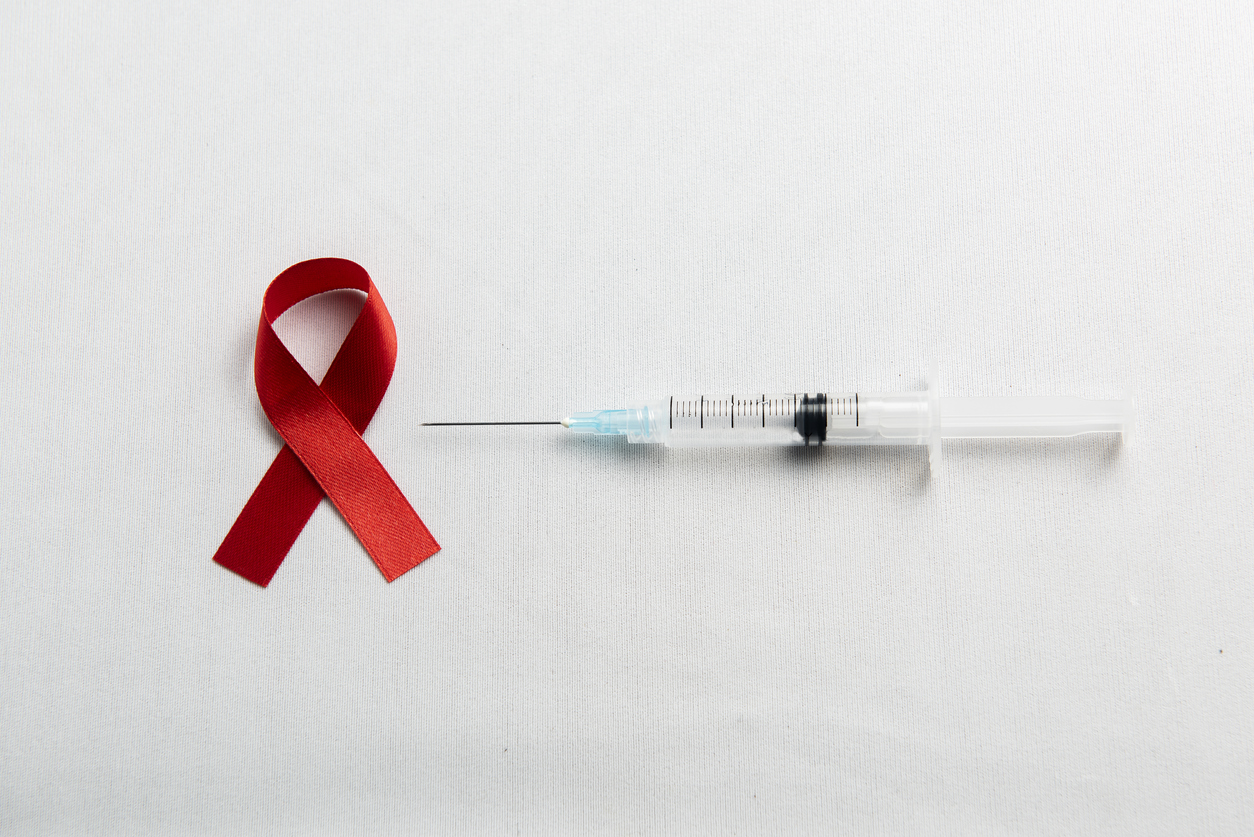2025-05-08
Peanut under control?
Allergology and Immunology
#Immunotherapy #FoodAllergy #Peanut
#Desensitization
Peanut allergy is one of the most severe and persistent food allergies. It affects up to 3% of the pediatric population in Western countries. It is a major cause of anaphylaxis and has a significant impact on the quality of life of patients and their families. The constant fear of accidental exposure causes daily stress, disrupts social life, and imposes drastic dietary restrictions. To date, management mainly relies on strict avoidance of the allergen and the use of emergency treatments in case of a reaction—an approach more focused on risk management than on a curative strategy.
In this context, oral immunotherapy (OIT) emerges as a promising therapeutic strategy. This approach involves gradually desensitizing patients through the controlled administration of increasing doses of peanut, and it is generating significant enthusiasm. However, a fundamental question remains: what does it truly mean to “succeed” in OIT treatment? Clinical trials conducted to date have used widely varying criteria to define therapeutic success—such as the quantity of peanut tolerated without reaction, symptom severity, or the occurrence of adverse events. These criteria are often established by researchers without fully integrating patients' expectations and priorities. This study was initiated to evaluate how different definitions of “tolerated dose” affect reported rates of peanut desensitization.
Three randomized controlled clinical trials and one real-world registry on peanut oral immunotherapy were selected and analyzed. The aim was to assess how different definitions of the "tolerated dose" influence reported desensitization rates. To this end, five tolerance thresholds were defined:
Two independent evaluators reclassified participant data based on these definitions. Inter-rater agreement was excellent (kappa ≥ 0.82), ensuring high reproducibility of the analysis.
Results show significant variability in success rates depending on the chosen criteria. For instance, in one trial, the desensitization rate dropped from 81% under the “DLS” criterion to 49% when applying the strictest definition, “NOAEL (all symptoms).” This variability also appeared in intention-to-treat analyses and when tolerance thresholds were increased (e.g., 10x or 100x the initial threshold).
These findings highlight a crucial reality: the apparent success of OIT heavily depends on the evaluation framework used. An overly permissive definition may overestimate efficacy by accepting non-negligible symptoms (such as abdominal pain), while an overly rigid one might underestimate clinically meaningful benefits perceived by patients.
This methodological heterogeneity complicates comparisons between clinical trials and makes it difficult to inform patients clearly about what they can realistically expect from treatment. It underscores the urgent need for a consensus on efficacy assessment criteria in food immunotherapy.
Peanut allergy remains one of the most severe and persistent forms of food allergy, with a high risk of potentially serious accidental reactions. While oral immunotherapy offers a promising alternative, several challenges persist. This study aimed to evaluate how different definitions of “tolerated dose” influence reported therapeutic success rates in peanut OIT clinical trials.
Results reveal considerable variability in desensitization rates depending on the criteria used. This finding shows that clinical outcomes—often presented as robust—are in fact based on fluctuating definitions of therapeutic success. It becomes difficult to provide patients with clear, transparent, and personalized information about expected benefits.
Therefore, urgent efforts are needed to develop harmonized, validated, reproducible, and patient-centered evaluation criteria. Future studies should incorporate these parameters into a multidimensional approach that combines clinical efficacy, quality of life, and perceived safety. Building international consensus on the definition of “tolerated dose” will be crucial to making OIT a credible, understandable, and clinically relevant therapeutic approach.
Peanut allergy is one of the most severe and persistent food allergies. It affects up to 3% of the pediatric population in Western countries. It is a major cause of anaphylaxis and has a significant impact on the quality of life of patients and their families. The constant fear of accidental exposure causes daily stress, disrupts social life, and imposes drastic dietary restrictions. To date, management mainly relies on strict avoidance of the allergen and the use of emergency treatments in case of a reaction—an approach more focused on risk management than on a curative strategy.
In this context, oral immunotherapy (OIT) emerges as a promising therapeutic strategy. This approach involves gradually desensitizing patients through the controlled administration of increasing doses of peanut, and it is generating significant enthusiasm. However, a fundamental question remains: what does it truly mean to “succeed” in OIT treatment? Clinical trials conducted to date have used widely varying criteria to define therapeutic success—such as the quantity of peanut tolerated without reaction, symptom severity, or the occurrence of adverse events. These criteria are often established by researchers without fully integrating patients' expectations and priorities. This study was initiated to evaluate how different definitions of “tolerated dose” affect reported rates of peanut desensitization.
Numbers... with shifting definitions?
Three randomized controlled clinical trials and one real-world registry on peanut oral immunotherapy were selected and analyzed. The aim was to assess how different definitions of the "tolerated dose" influence reported desensitization rates. To this end, five tolerance thresholds were defined:
- No dose-limiting symptoms (DLS) according to PRACTALL criteria or equivalents;
- No symptoms limiting activity, defined as absence of CoFAR grade ≥2 symptoms;
- No non-transient symptoms, allowing short-lived mild symptoms (e.g., oral pruritus);
- Threshold without any observed adverse event (objective NOAEL): complete absence of objective symptoms;
- Absolute NOAEL (all symptoms considered): even mild or subjective symptoms are counted as non-tolerated.
Two independent evaluators reclassified participant data based on these definitions. Inter-rater agreement was excellent (kappa ≥ 0.82), ensuring high reproducibility of the analysis.
Results show significant variability in success rates depending on the chosen criteria. For instance, in one trial, the desensitization rate dropped from 81% under the “DLS” criterion to 49% when applying the strictest definition, “NOAEL (all symptoms).” This variability also appeared in intention-to-treat analyses and when tolerance thresholds were increased (e.g., 10x or 100x the initial threshold).
These findings highlight a crucial reality: the apparent success of OIT heavily depends on the evaluation framework used. An overly permissive definition may overestimate efficacy by accepting non-negligible symptoms (such as abdominal pain), while an overly rigid one might underestimate clinically meaningful benefits perceived by patients.
This methodological heterogeneity complicates comparisons between clinical trials and makes it difficult to inform patients clearly about what they can realistically expect from treatment. It underscores the urgent need for a consensus on efficacy assessment criteria in food immunotherapy.
Read next : Early introduction of gluten to prevent celiac disease
A success that needs clarification
Peanut allergy remains one of the most severe and persistent forms of food allergy, with a high risk of potentially serious accidental reactions. While oral immunotherapy offers a promising alternative, several challenges persist. This study aimed to evaluate how different definitions of “tolerated dose” influence reported therapeutic success rates in peanut OIT clinical trials.
Results reveal considerable variability in desensitization rates depending on the criteria used. This finding shows that clinical outcomes—often presented as robust—are in fact based on fluctuating definitions of therapeutic success. It becomes difficult to provide patients with clear, transparent, and personalized information about expected benefits.
Therefore, urgent efforts are needed to develop harmonized, validated, reproducible, and patient-centered evaluation criteria. Future studies should incorporate these parameters into a multidimensional approach that combines clinical efficacy, quality of life, and perceived safety. Building international consensus on the definition of “tolerated dose” will be crucial to making OIT a credible, understandable, and clinically relevant therapeutic approach.
Read next: Allergies: could the gut hold the key?

Last press reviews
Twice-yearly injections to change the game?

By Ana Espino | Published on December 3rd, 2025 | 3 min read
HIV & young people: what if we changed the rules?

By Ana Espino | Published on December 2nd, 2025 | 2 min read
